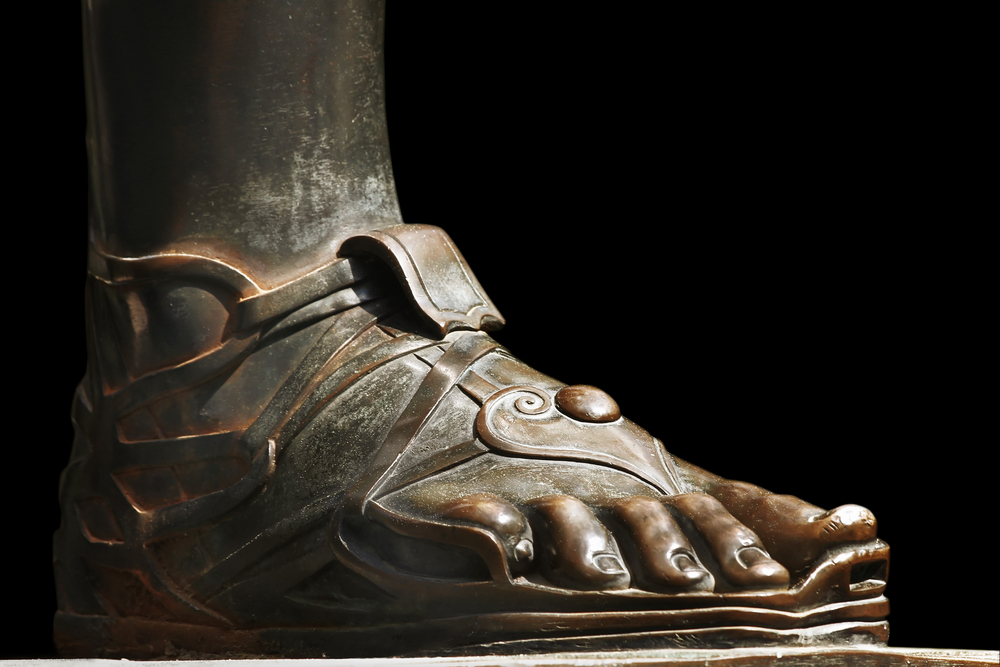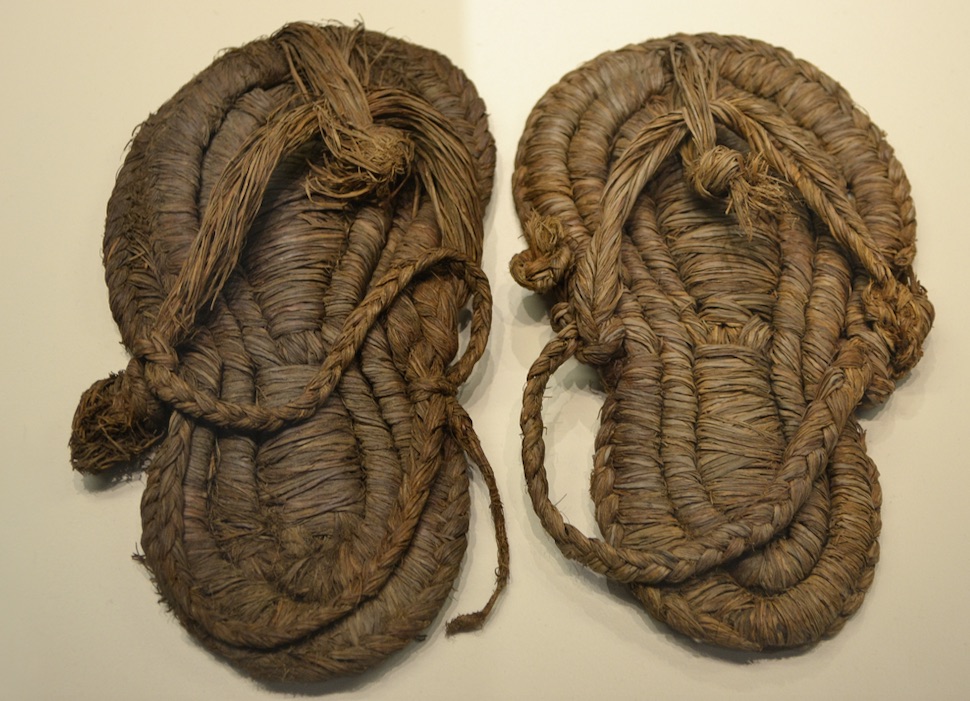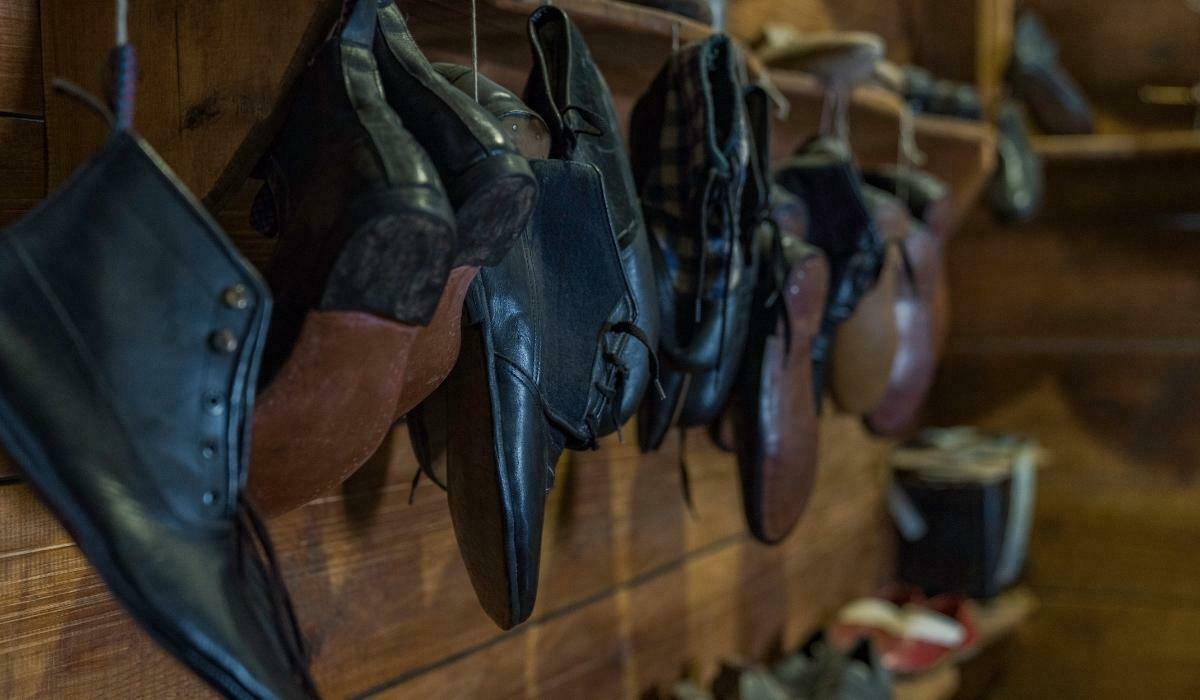From the ancient world to modern-day fashion runways, shoes have played a crucial role in both functionality and aesthetics. Have you ever wondered who created shoes and how they evolved over time? This article takes you on a journey through the history of footwear, exploring the pioneers of shoe design, the cultural significance of shoes, and what they mean to us today.
The Beginnings of Footwear: A Historical Overview
Footwear dates back thousands of years, with the earliest known shoes dating to around 3500 B.C. in Armenia. These primitive shoes were made from plant fibers and animal hides, indicating that the initial purpose of footwear was protection against harsh terrain. However, as civilizations grew, so did the complexity of shoe design.
The Evolution of Shoes Through the Ages
1. Ancient Civilizations
In ancient Egypt, sandals made from papyrus and palm leaves were popular among the elite. Meanwhile, the Greeks favored leather sandals, often adorned with intricate designs. This era marked the beginning of shoes serving not just a functional purpose but also a status symbol.
2. The Middle Ages
The Middle Ages saw the rise of boots as a fashionable choice among the nobility. Made from leather, these boots often featured elaborate embroidery. The pointed toe, or ‘poulaines,’ became a widespread trend, pushing footwear into the realm of fashion.
3. The Renaissance to the 18th Century
During the Renaissance, shoe design flourished. Innovations like the use of heels became prominent, allowing for greater expression in styles. Notably, the 18th century witnessed the emergence of high-heeled shoes, symbolic of wealth and status, especially among women.
4. The Industrial Revolution
The Industrial Revolution brought about mass production, allowing shoes to be manufactured in larger quantities. Factories could produce shoes more efficiently, making them accessible to the general population. This period marked the transition from handmade to machine-made shoes.
The Pioneers of Shoe Creation

While many cultures contributed to the evolution of shoes, a few key figures stand out in the history of footwear design. Let’s take a closer look at those who changed the game and how their influences are felt today.
Influential Figures in Shoe History
1. Salvatore Ferragamo
Known as the “Shoemaker to the Stars,” Ferragamo was instrumental in developing new techniques for crafting shoes. He introduced the use of cork in shoe soles during the 1930s, revolutionizing comfort in high fashion footwear. His creations remain iconic even today, blending functionality with elegance.
2. Doc Martens
Dr. Klaus Maertens created the original Doc Martens boots in the 1940s as a practical shoe for workers. These boots became symbols of rebellion and counterculture throughout the 1960s and 70s, leading to their massive popularity in music and fashion scenes.
3. Nike’s Phil Knight
Phil Knight co-founded Nike in 1964, revolutionizing athletic footwear. With innovative technologies and marketing strategies, Nike’s shoes have become synonymous with sports culture, inspiring generations. Their approach to branding and consumer engagement has set a benchmark in the footwear industry.
Real-World Footwear Experiences: Case Studies

1. How Ferragamo’s Shoes Became Hollywood’s Choice
Ferragamo’s impact on footwear is perhaps best illustrated by his relationship with iconic Hollywood figures such as Marilyn Monroe and Audrey Hepburn. One of his most famous designs, the “Vamp,” was a stiletto that elongated a woman’s leg, making it an instant favorite among film stars. His shoes offered the perfect balance between comfort and glamour, leading to a lasting legacy in the film industry.

2. The Rise of Doc Martens in Subculture Fashion
The iconic 1460 boot, known for its durability and distinctive design, became a staple in punk and grunge fashion. Bands like The Ramones and Nirvana popularized the boots, making them synonymous with rebellion. This case study emphasizes how footwear can transcend functionality and become a cultural statement.

3. Nike’s Branding Strategy: The Athlete’s Story
Nike’s marketing approach, particularly the use of celebrity endorsements, has established a powerful emotional connection with consumers. By featuring athletes’ personal stories, Nike’s campaigns resonate deeply with the audience, leading to a loyal customer base. This strategy has not only boosted sales but has also enhanced brand image.

Comparative Analysis of Different Shoe Types
With countless shoe types available, consumers often face a dilemma. Which shoe is the best for specific purposes? Below is a comparison table that breaks down various types of shoes based on their characteristics, uses, and style.

| Shoe Type | Comfort Level | Style | Best For |
|---|---|---|---|
| Running Shoes | High | Sporty | Running, jogging |
| Casual Sneakers | Moderate | Trendy | Daily wear |
| Dress Shoes | Low | Formal | Office, celebrations |
| Boots | Medium | Fashionable | Cold weather, outdoor activities |
Tips for Choosing the Right Shoes

Selecting the right footwear can significantly impact comfort and style. Here are essential tips to keep in mind when choosing shoes.
1. Understand Your Needs
Before purchasing, consider what activities you will be doing in the shoes. Will they be for work, exercise, or casual wear? Understanding your needs helps narrow down choices effectively.

2. Pay Attention to Fit
The fit is crucial. A good pair of shoes should offer comfortable support without being too tight or too loose. Always try them on and walk around to gauge comfort.
3. Consider Material and Quality
Investing in high-quality materials can make a significant difference. Leather, for example, molds to your foot and offers durability. Synthetic materials can provide breathability but may not last as long.
4. Know Your Style
Your personality and style should guide your shoe choices. Opt for colors and designs that resonate with you. Shoes are not just functional; they are an expression of who you are!
Product Highlights: Top Footwear Brands
Several footwear brands have made their mark in the industry, providing quality and style. Here are a few top contenders worth exploring.
Nike
Nike is renowned for its athletic footwear, integrating the latest technology for enhanced performance. Their Air Max line, famous for cushioning, is a favorite among fitness enthusiasts.
Adidas
Adidas offers a unique blend of style and practicality, particularly with their Yeezy line. Collaborations with celebrities elevate their appeal among fashion-forward consumers.
Jimmy Choo
Known for luxury and glamour, Jimmy Choo shoes are a go-to for red carpet events. Handcrafted with precision, their designs are synonymous with elegance.
Pros and Cons of Popular Shoe Types
Every shoe type has its strengths and weaknesses. Understanding these can help you make informed decisions.
Casual Sneakers
Pros: Comfortable and versatile, perfect for daily wear.
Cons: May not provide adequate support for extended physical activities.
Running Shoes
Pros: Designed for support and cushioning specifically for runners.
Cons: Often more expensive and may wear out quickly with regular use.
Dress Shoes
Pros: Sophisticated look suitable for formal events.
Cons: Comfort can be sacrificed for style, leading to discomfort after prolonged wear.
Frequently Asked Questions (FAQs)
1. Who invented the first shoe?
The oldest known shoes were found in Armenia and are believed to date back to around 3500 B.C. They were made from plant fibers and leather.
2. How have shoes evolved over time?
Shoes have evolved from basic protective coverings to highly specialized footwear catering to various activities, from sports to formal occasions.
3. What materials are commonly used in shoes today?
Common materials include leather, synthetic fibers, rubber, and textiles, each serving different purposes in terms of style and comfort.
4. Why are shoes important in fashion?
Shoes not only complete an outfit but also allow individuals to express their personal style and social status.
5. What is the best way to care for shoes?
Regular cleaning, proper storage, and using protective sprays can extend the life of your shoes significantly.
6. How do I choose the right size in shoes?
Always measure your feet before buying. Trying on shoes at the end of the day can give a more accurate fit due to swelling.
7. Are expensive shoes worth the investment?
In many cases, higher-priced shoes offer better quality, comfort, and durability, making them a worthwhile investment for frequent wearers.
8. Can shoes impact my posture?
Yes, the correct type of shoe can significantly affect posture and overall foot health, preventing issues like plantar fasciitis.
9. What footwear is best for flat feet?
Individuals with flat feet should look for shoes with good arch support, cushioning, and stability features to help maintain proper posture.
10. How can I break in new shoes effectively?
Gradually wearing them for short periods can help your feet adjust. Using shoe stretchers or wearing thick socks can also assist in loosening tight areas.
11. What are the benefits of wearing the right shoes?
Wearing the right shoes can enhance comfort, prevent foot injuries, and improve overall posture and biomechanics.
Conclusion: The Ever-Evolving Story of Shoes
From ancient protection to modern-day expression, shoes are a testament to human creativity and innovation. As fashion continues to evolve, the legacy of shoe creation remains strong. By understanding the history and significance of footwear, we can appreciate the artistry that goes into these essential items. Whether you’re a casual shoe lover or a fashion aficionado, remember that every step you take is part of a rich history—all thanks to the pioneers who created shoes!